Google announces the laying of a submarine cable ``Grace Hopper'' that connects the United States and Europe across the Atlantic

Due to the pandemic of the new coronavirus infection (COVID-19), the shift to remote work and online classes is progressing, and more people are spending their leisure time watching videos on the Internet and remote drinking with friends over long distances I am. With the increasing importance of the Internet in our lives, Google has announced that it will lay a submarine cable ' Grace Hopper ' that connects the United States with the United Kingdom and Spain across the Atlantic Ocean.
Announcing Google's Grace Hopper subsea cable system | Google Cloud Blog
Google To Build New Transatlantic Data Cable
https://www.androidheadlines.com/2020/07/google-to-build-new-transatlantic-data-cable.html
Google, which provides various Internet services such as search services and cloud services, has been laying submarine cables to advance the development of the global Internet network. In 2019, the installation of Curie, which connects the United States and South America, has been completed, as well as the installation of the submarine cable, Dunant , which connects the United States and France, and Equiano, which connects Portugal and South Africa.
The new 'Grace Hopper' announced by Google is an undersea cable that connects the United States with the United Kingdom and Spain across the Atlantic Ocean. The name 'Grace Hopper' is named after Mr. Grace Hopper , an American military and computer scientist who is also known as a developer of the programming language ' COBOL '.
You can understand more about 'Grace Hopper' by watching the following movie.
Announcing the Grace Hopper subsea cable-YouTube
“Do you know that the cloud is under the sea?” said Bikash Koley, Vice President of Global Networking at Google.
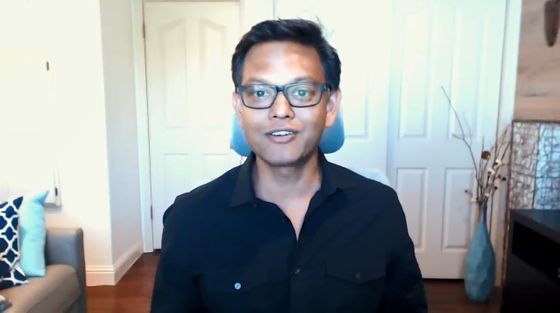
Fiber optic cables connecting the continents are laid on the seabed, and 98% of international Internet traffic is transmitted and received by the seabed cables.
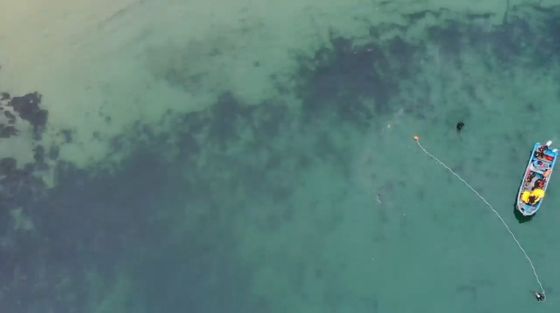
With the pandemic of COVID-19, sending and receiving information over the Internet has become more important than ever, and it is important to have a reliable Internet connection.

Therefore, Google announced the laying of the undersea cable 'Grace Hopper' that connects New York in the United States,
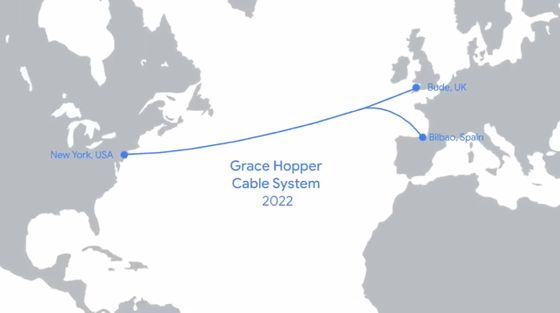
Jayne Stowell, a strategic negotiator at Google, explains that the name 'Grace Hopper' is named after a female pioneer in computer science, Grace Hopper. ``Curie'' ``Dunant'' ``Equiano'' announced by Google in the past are also named after Mari Curie , who is famous for radiation research, Henri Dunnan , the founder of the Red Cross, and the famous liberation slave, Orauda Iquiano. Is the name.
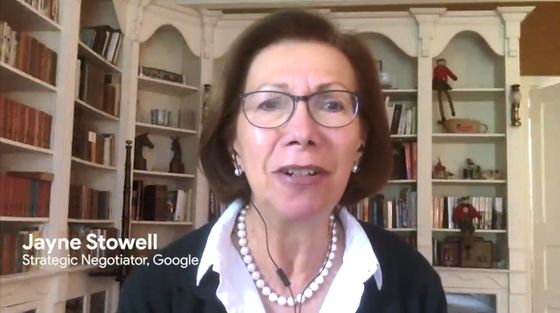
By laying new submarine cables, users will benefit from the more resilient and reliable Internet.
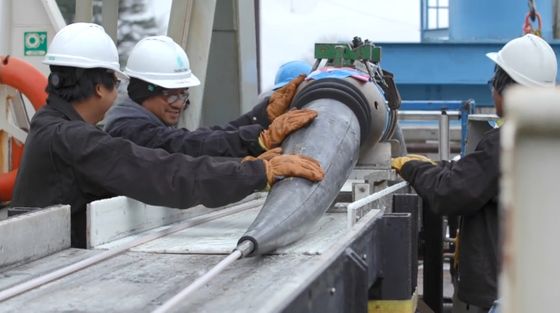
The 'Grace Hopper' will also be connected to other submarine cables such as 'Curie', 'Dunant' and 'Equiano'.
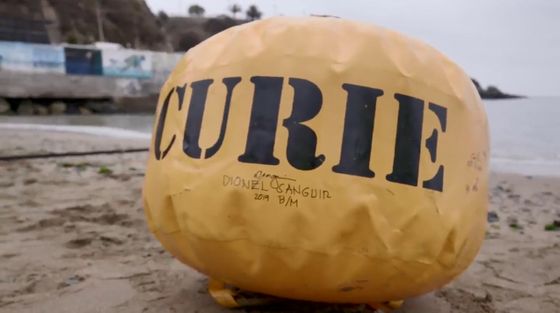
The “Grace Hopper” is equipped with 16 pairs of two cables and a total of 32 cables, which can improve the reliability of global communication more than ever before.
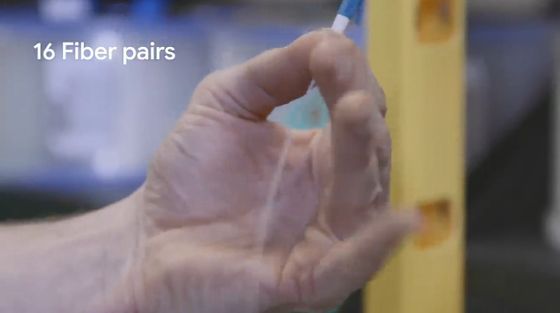
Koley explains that the increased number of cables makes it easier to deal with changing demand and connectivity problems.
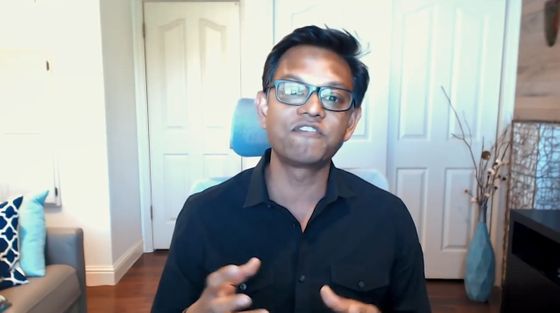
The 'Grace Hopper' will be completed in 2022 and will be connected to other European countries through the United Kingdom and Spain.

It will also be connected to 'Equiano,' which extends from Portugal to the African continent.
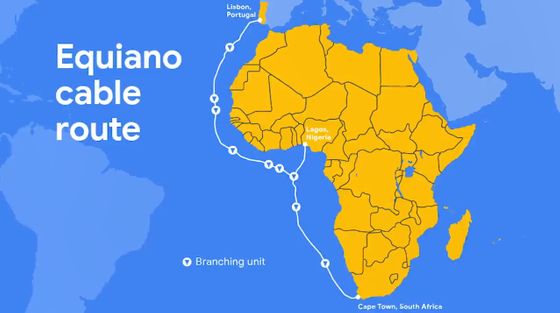
Stowell said Google's services could be further enhanced by enhancing the Atlantic submarine cable network.
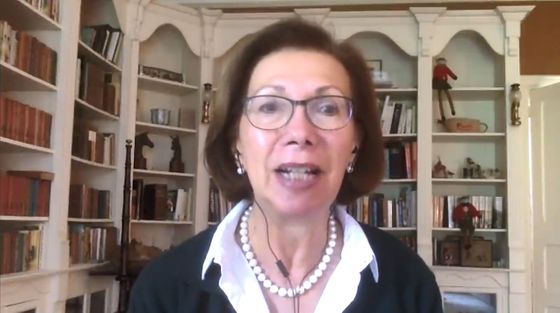
Related Posts:
in Web Service, Hardware, Video, Posted by log1h_ik







